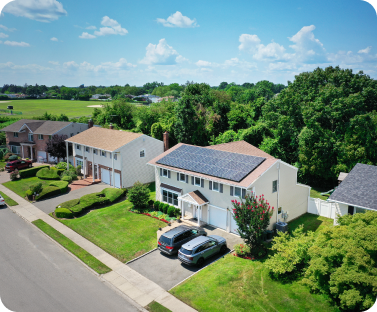The National Renewable Energy Lab (NREL) reports that feed-in tariffs are responsible for 75% of solar photovoltaic and 45% of wind projects worldwide. Feed-in tariffs (FITs) require utilities to pay per kilowatt-hour to purchase electricity from renewable energy generators. They enable stable and reliable pricing, and small generators and large plants have an equal opportunity to compete. Countries in Europe, especially Germany, France, and Spain, have used feed-in tariffs to greatly increase renewable energy production because of their increased cost-effectiveness. For example, California receives 70% more sunlight for producing solar energy than Germany does, though the latter installs 15 times as many solar electric systems per year due to the effective use of FITs.
Generally, green markets in the United States lack strong federal support, and instead, progressive states like California create markets and regulations that eventually spread to the rest of the country. Though many states have established FITs before, institutional resistance, too high or too low pricing, and bureaucracy have rendered them virtually ineffective. California is again taking the lead and has recently proposed to launch a new variation of the tariff. In California, investor-owned utilities will be required to purchase electrical energy from renewable generators that are 1MW-20MW in size.
New York recently pushed a bill for FITs on Long Island, but it did not pass. The Long Island Power Authority (LIPA) already awards large rebates (up to half of system cost!), and the 25% New York State and 30% federal tax credits have already made solar systems incredibly cost-effective. We can only hope that pushes for cost-effectiveness like the FIT can get the United States on par with our European friends.
Say goodbye to high-energy bills and hello to worry-free solar

Say goodbye to high-energy bills and hello to worry-free solar
About the Author
EmPower Solar develops, engineers, installs, and services solar and battery systems for residential and commercial clients. Since 2003, EmPower Solar has empowered thousands of New York homeowners and businesses with 47 megawatts of distributed solar. Its vision is to create a new energy paradigm powered by clean, renewable energy for a more prosperous, healthy, and civil world. The company culture is defined by the EmPowering Way, which results in consistent 5-star customer service reviews. For more information visit empower-solar.com.
